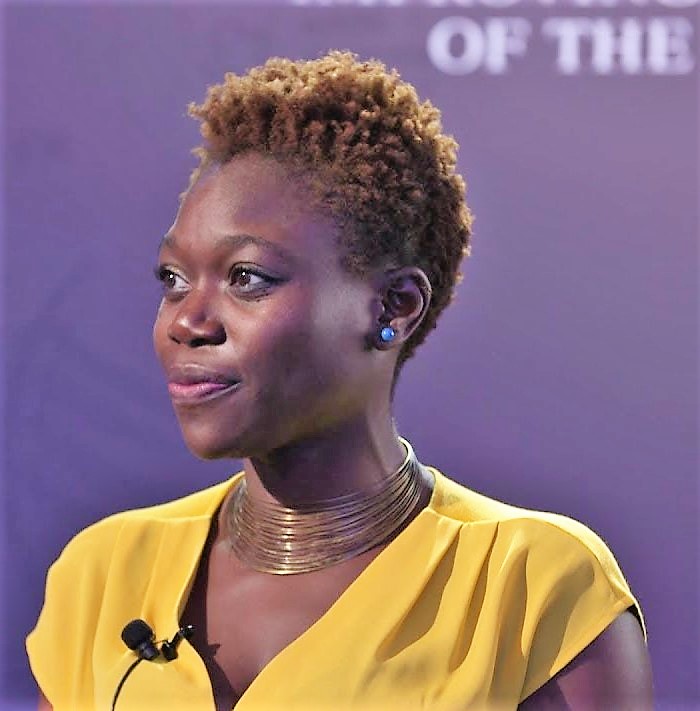

5th may 2020
Founder of SciDipGLOBAL
Young Global Leader of the World Economic Forum
@margagual
Epidemiologist, Clinical Senior Research Associate at the University of Cambridge, Honorary Associate Professor at the University of Cape Town
@DrTolullah
This article is also available in Spanish, click here /
Este artículo también está disponible en español, haga clic aquí
• 'Science diplomacy', meaning international cooperation with science at its core, is the key to overcoming COVID-19.
• Science paired with diplomacy can bring about unprecedented global change, as shown by the recovery of the ozone layer.
• Building bridges between science and policy, and between countries, will help us solve the problems of today and tomorrow.
In 1987, an improbable collaboration between scientists and diplomats led to a global ban on chemicals that were damaging our planet’s protective ozone layer. Harmful radiation was passing through the growing hole in this ozone shield, threatening life on the planet. In response, countries around the world agreed on the groundbreaking Montreal Protocol, which ended the use of ozone-depleting substances in cars, fridges and air conditioners. By 2018, the ozone layer was on track to recover completely, making this one of the most successful diplomatic agreements in history.
Decades later, humanity is facing another common threat: the COVID-19 pandemic. But this time, cooperation between governments and international institutions is at an all-time low. Many countries are responding to the pandemic with sweeping unilateral actions and belligerent, threatening language. But to overcome this crisis, we need international collaboration, strong relationships and effective diplomacy. To see how powerful such global ties can be, governments need only look to scientists.
Scientists have long formed relationships with colleagues across the globe, even when their governments didn’t get along. Countries are increasingly recognising the diplomatic value of such cross-border scientific projects and networks, known as “science diplomacy”. These international networks can re-establish trust and diffuse tensions when political relations are strained.
After World War II devastated Europe, the European Nuclear Research Laboratory (CERN) encouraged post-war contact between German and Israeli physicists. During the Cold War, space cooperation enabled symbolic relationships between American and Soviet astronauts in orbit that were not possible on Earth. The 1959 Antarctic Treaty, a milestone for environmental protection, dedicated the last unexplored continent to science and peace. In 2015, long-standing cooperation between U.S and Cuban scientists paved the way for re-opening diplomatic channels between the two countries after nearly six decades of political strain. Today, the SESAME particle accelerator in Jordan is bringing together countries in the Middle East.
These projects show the power of science diplomacy. Scientists have worked across political barriers, and ultimately, helped overcome them. As the new coronavirus spreads, such efforts are more vital than ever.
Read the full article on the World Economic Forum in English or Español


